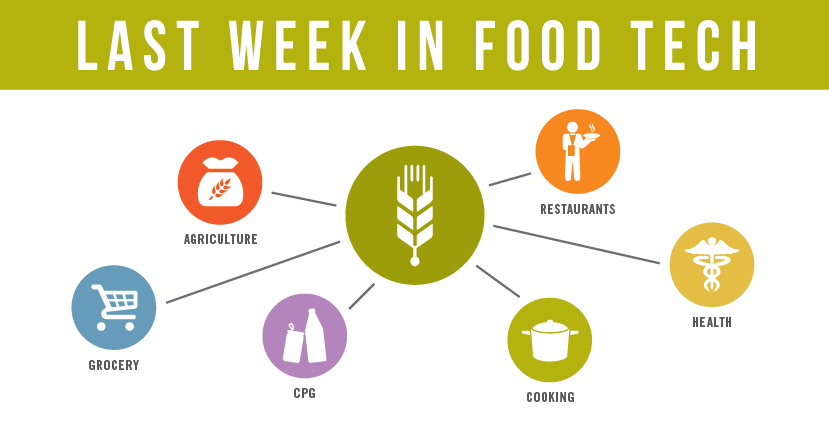
Micro-farming gets the money: Why AgTech is poised to become one of the hottest investments for VCs in 2015
When private equity major KKR announced a $100mn investment in Australian hydroponic greenhouse firm Sundrop Farms before the close of 2014, and Boston VC firm Spark Capital followed it with a $3.7mn investment in hydroponic container farm firm Freight Farms, it capped a year when indoor agriculture has gone from being a curiosity for investors to an increasingly compelling part of the agriculture investing landscape.
Indoor agriculture is growing in hydroponic, aquaponic and aeroponic systems in greenhouses, warehouses and containers. Plants grow in nutrient-rich water in place of soil and LED lights are often used to accelerate their growth. It’s “what happens when geeks farm”. It meets increasing consumer demand for fresh local produce grown with minimal, if any, pesticide and herbicide use.
Around half of the tomatoes in grocery stores are grown hydroponically according to listed hydroponic farmer Village Farms; it’s a roughly $630mn industry in the US alone and several other countries — Japan, the Netherlands — are well ahead of the US in development.

Investment in indoor agriculture remains a tiny fraction of that in agtech as a whole, where the hip sectors of biologicals, precision agriculture and distribution platforms (such as, Sequoia-backed Good Eggs) have attracted the greatest attention. Total agtech VC investments in 3Q 2014 alone were $32mn, up 22% year on year, according to the PWC Cleantech MoneyTreereport; we guesstimate that there’s been a total of $18mn invested to date by VCs in indoor agriculture, with two thirds of this being in 2014 alone.
The indoor agriculture industry has much in common with the solar one of a decade ago; detractors criticize both for being more expensive than alternatives (traditional energy and field farming respectively) and decry the “backyard” nature of many of the solutions. In both cases, they miss the rapid fall in technology costs — the LED lights used in many indoor farms, for instance, have fallen by 20% in the past year alone — and the swift adoption among those for whom the industry fixes a real problem of meeting year-round consumer demand for local produce.
One well-connected industry supplier estimates that there were 10 vertical farms installed in the US this year, and that there will be a further 30 opened in 2015. The Chicago area alone has three significant indoor farms;FarmedHere, Green Sense Farms and The Plant. It had none as few as two years’ ago.
The Technology Showcase sessions at the World Agri-Tech Investment Summit USA are a great opportunity for early to mid-stage agri-tech companies to showcase their technology or solution to our audience of global agribusinesses, technology integrators and VC investors.
Each company presents a 7-minute snapshot of their solution, highlighting the most innovative aspects of their technology and business model, and outlining their go-to-market strategy.
They then take questions from our panel of investor “dragons” and from our audience. Each year, the presenting companies are highly sought-after in our networking sessions and utilize the summit as a launch-pad for future growth.
For more information on presenting in the Technology Showcase, please contact:
Glen Pearce
Business Development Manager
T: +44 1273 669914
E: [email protected]
http://www.worldagritechusa.com/
As was the case for the solar industry, there are plentiful opportunities for innovative entrepreneurs to create technology solutions for the indoor agriculture industry, for everything from tracking plant behavior to creating organic nutrient mixes to automating farms. We’d be surprised if we don’t see indoor agriculture listed alongside data plays and precision agriculture as a hot sector in the next 18 months.